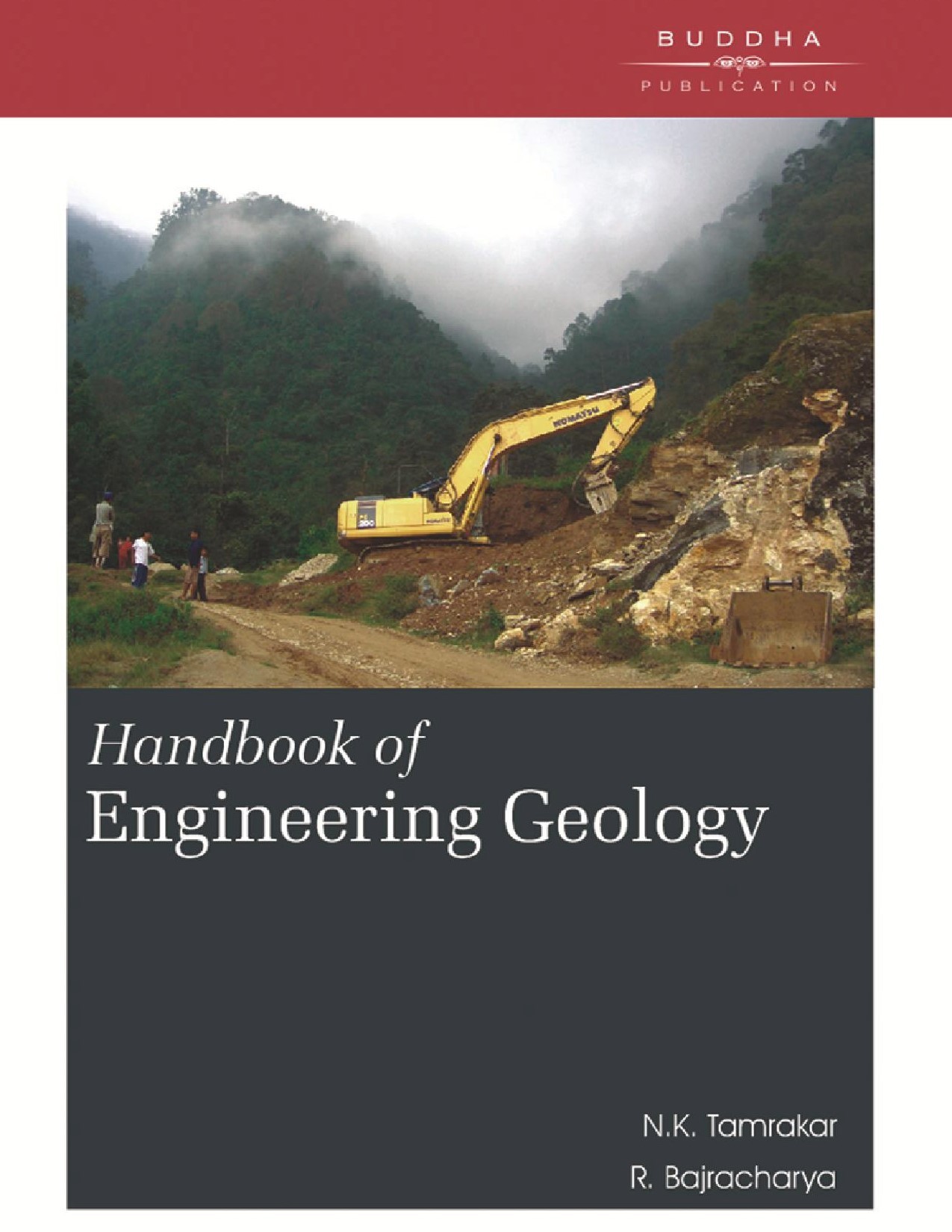
Handbook Of Engineering Geology
N K Tamrakar & Etc- ISBN: 9789937301619
- Version: English
- Price NRs. 365
- Avaliablility: Out of stock
Engineering geology is an interdisciplinary geological science applied to engineering practices for the purpose of assuring the geologic factors that can affect in the location, design, construction, operation and maintenance of engineering structures. Engineering geological studies are conducted during the planning, civil/structural engineering design, and construction phases of governmental, public and private projects. Engineering geological studies include investigation and evaluation of (a) grounds and geological conditions for various infrastructures, (b) geological hazards, and (c) sources of rock, soil and sediment for construction materials. Because the civil engineering problems can be addressed only when the handling of the elements of engineering geology is well understood, we have introduced ‘Handbook of engineering geology’ to provide practical methods of treating and analysing geological data to resolve some engineering problems, and to meet the present curriculum of the civil engineering discipline.
This handbook is resolved into twelve chapters. The chapters 1 and 2 deal with properties of minerals crystals, soils and rocks. The chapter 3 treats on various geological structures. The chapter 4 deals with preparation and interpretation of profiles, geological cross-sections and geological maps. The chapter 5 treats on solution to the problems of boreholes. The chapter 6 is related to various elements of engineering geological maps, preparation of engineering geological maps and/or plans for landslides and road alignments. On the other hand, stereographic projections as tools for solving various geological and engineering geological problems have been introduced in the chapter 7. Kinematic analyses of discontinuity in rocks and slopes have been treated and various criteria of failures have been given in the chapter 8. Weathering is very much important process that alters not only the composition of rocks but also their strengths. Weathering decomposes stiff rocks into weak rocks and finally to soils, and has significant bearing on rock mass rating, and hence on engineering structures. The chapter 9 concerns with study of weathering profiles. The chapters 10 and 11 are devoted to a laboratory method of study of sand grains under a binocular microscope, and estimation of reserve of construction material by various methods, respectively. The chapter 12 emphasizes rock mass classification and rock mass rating for engineering purposes. We think that this handbook becomes useful not only for students of civil engineering but also for students of geology and geoenvironmental Science.